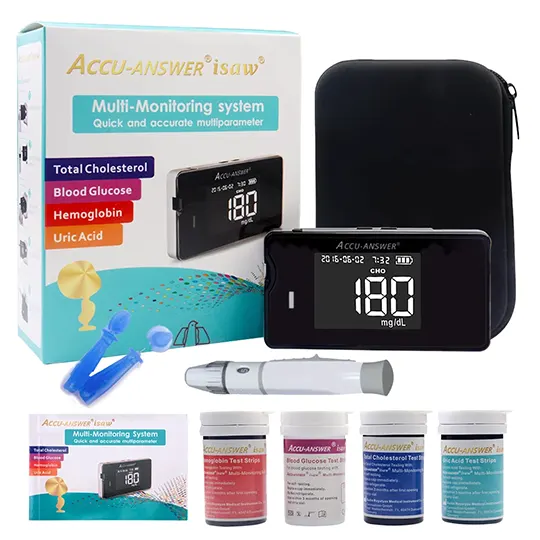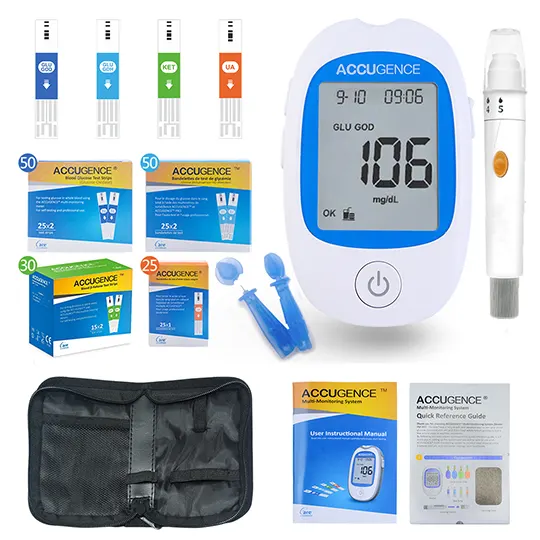Dosing and uses of Pylera (metronidazole/tetracycline/bismuth subsalicylate)
Adult dosage forms and strengths
metronidazole/tetracycline/bismuth subsalicylate
capsule
- 125mg/125mg/140mg
Duodenal Ulcer
Indicated for eradication of Helicobacter pylori in patients with duodenal ulcer disease (active or a history of duodenal ulcer), gastric ulcer, dyspepsia, or gastric mucosa associated lymphoid tissue (MALT) lymphoma
3 capsules (375 mg/375 mg/420 mg) PO q6hr for 10 days
Administration
Administer with omeprazole 20 mg PO q12hr for 10 days with 8 ounces of water
Contraindicated in elderly with renal or hepatic impairment, in hemodialysis patients, and in renal impairment
Pediatric dosage forms and strengths
Contraindicated
Pylera (metronidazole/tetracycline/bismuth subsalicylate) adverse (side) effects
>10%
Nausea (12%)
1-10%
Diarrhea (7%)
Abdominal pain (7%)
Melena (3%)
Upper respiratory infection (2%)
Constipation (2%)
Anorexia (2%)
Vomiting (2%)
Discolored tongue (2%)
Headache (2%)
Dyspepsia (2%)
Dizziness (2%)
Stool abnormality (1%)
Duodenal ulcer (1%)
Sinusitis (1%)
Taste perversion (1%)
Flatulence (1%)
GI hemorrhage (1%)
Pain (1%)
Insomnia (1%)
Anal discomfort (1%)
Paresthesia (1%)
<1%
Acne
Chest pain
Hypertension
Dysphagia
Arthritis
Rheumatoid arthritis
Stomatitis
Tendonitis
Glossitis
Bruising
Cerebral ischemia
Conjunctivitis
Warnings
Contraindications
Metronidazole
- Hypersensitivity to metronidazole or other nitroimidazoles (although cautious desensitization has been applied)
- Pregnancy 1st trimester (controversial)
- Avoid during breastfeeding (see lactation)
Bismuth Subsalicylate
- Hypersensitivity to bismuth, aspirin, other salicylates
- Infectious diarrhea, high fever, von Willebrand's disease, hemorrhage, GI bleeding, hemophilia
- Chicken pox or influenza in Peds (risk of Reye's synd)
Tetracycline
- Hypersensitivity to drug or formulation components
Pylera
- Coadministration with methoxyflurane, severe renal impairment; disulfiram (within the past 2 weeks), or ethanol or other products containing propylene glycol (during and for at least 3 days following therapy with Pylera)
Cautions
Skin and subcutaneous disorders including Stevens-Johnson syndrome, toxic epidermal necrolysis and DRESS syndrome (drug rash with eosinophilia and systemic symptoms) reported; discontinue treatment at first evidence of cutaneous reaction
Metronidazole
- Caution in CNS disease, history of blood dyscrasias
- Avoid alcohol
- May result in candidiasis
- Intravaginal: avoid vaginal intercourse or use of vaginal douches during course of treatment
- Antiandrogen: May cause gynecomastia
- Patients with hepatic impairment metabolize metronidazole slowly, with resultant accumulation of metronidazole in plasma; use with caution in patients with mild to moderate hepatic impairment; therapy may not be appropriate for patients with severe hepatic impairment (Child-Pugh C)
Tetracycline
- IV/IM no longer commercially available
- Psudomoter crebri reported (resolves with discontinuation)
- Prolonged use may cause superinfection
- May cause photosensitivity
Bismuth Subsalicylate
- May cause black tongue &/or black stool
- May interfere with GI radiographic tests
Pregnancy and lactation
Pregnancy category: d
Lactation: Not recommended
Pregnancy categories
A: Generally acceptable. Controlled studies in pregnant women show no evidence of fetal risk.
B: May be acceptable. Either animal studies show no risk but human studies not available or animal studies showed minor risks and human studies done and showed no risk.
C: Use with caution if benefits outweigh risks. Animal studies show risk and human studies not available or neither animal nor human studies done.
D: Use in LIFE-THREATENING emergencies when no safer drug available. Positive evidence of human fetal risk.
X: Do not use in pregnancy. Risks involved outweigh potential benefits. Safer alternatives exist.
NA: Information not available.
Pharmacology of Pylera (metronidazole/tetracycline/bismuth subsalicylate)
Mechanism of action
Metronidazole, tetracycline: Inhibits nucleic acid synthesis by disrupting DNA
Bismuth Subsalicylate: Antisecretory effect by salicylate, antimicrobial action by bismuth
Tetracycline: Binds to the 30S and possibly 50S ribosomal subunits of susceptbible bacteria to inhibit proteain synthesis
Pharmacokinetics
Metronidazole
- Absorption: 80% from GI tract
- Distribution: Widely distributed; 13-43% (normal meningers); 100% (inflamed meninges)
- Metabolism: Liver (30-60%)
- Protein binding: < 20%
- Peak plasma time: 1-2 hr
- Half-life: 25-75 hr (neonates); 6-8 hr (others); 21 hr (end stage renal disease)
- Enzymes inhibited: hepatic CYP2C9
- Excretion: Urine: 77%; feces: 14%
Tetracycline
- Absorption: 75%
- Distribution: Small amount appears in bile; relative diffusion from blood into CSF
- Protein bound: 65%
- Half-life: 8-11 hr (normal renal function); 57-108 hr (end-stage renal disease)
- Peak Plasma Time: 2-4 hr
- Excretion: Urine (60% as unchanged drug); feces (as active form)
Bismuth Subsalicylate
- Half-Life: highly variable
- Peak Plasma Time: Bismuth: 1.8-5 hr
- Bioavailability: Bismuth: <1%; Salicylate: >90%
- Onset: 4 hr
- Protein Bound: 90% (bismuth);>90% (salicylate)
- Metabolism: Stomach: bismuth subsalicylate is hydrolyzed in stomach to form the slightly soluble bismuth oxychloride (BiOCl) and salicylic acid
- Metabolites: salicylate (active), [BiOCl, bismuth subcarbonate, bismuth phosphate] (activity unknown); unchanged bismuth subsalicylate passes into duodenum and reacts with other anions (eg, bicarbonate, phosphate) to form bismuth subcarbonate and bismuth phosphate salts; BiOCl, bismuth subcarbonate, bismuth phosphate, and undissociated bismuth subsalicylate react with hydrogen sulfide; salicylate is extensively metabolized in liver
- Clearance: Bismuth: 50 mL/min
- Excretion:
- Bismuth: Urine & feces
- Salicylate: Urine



